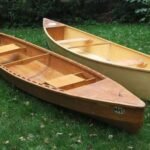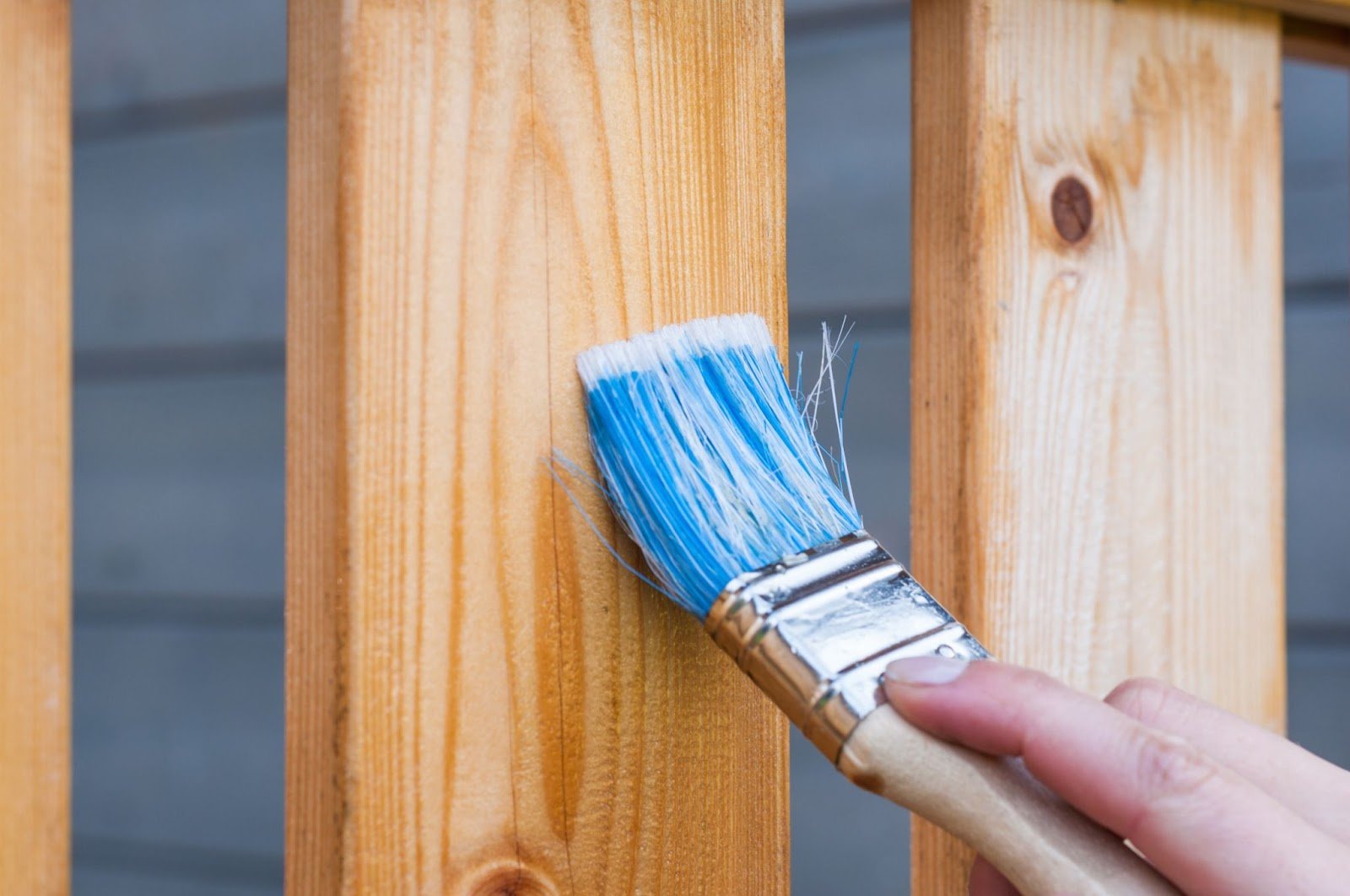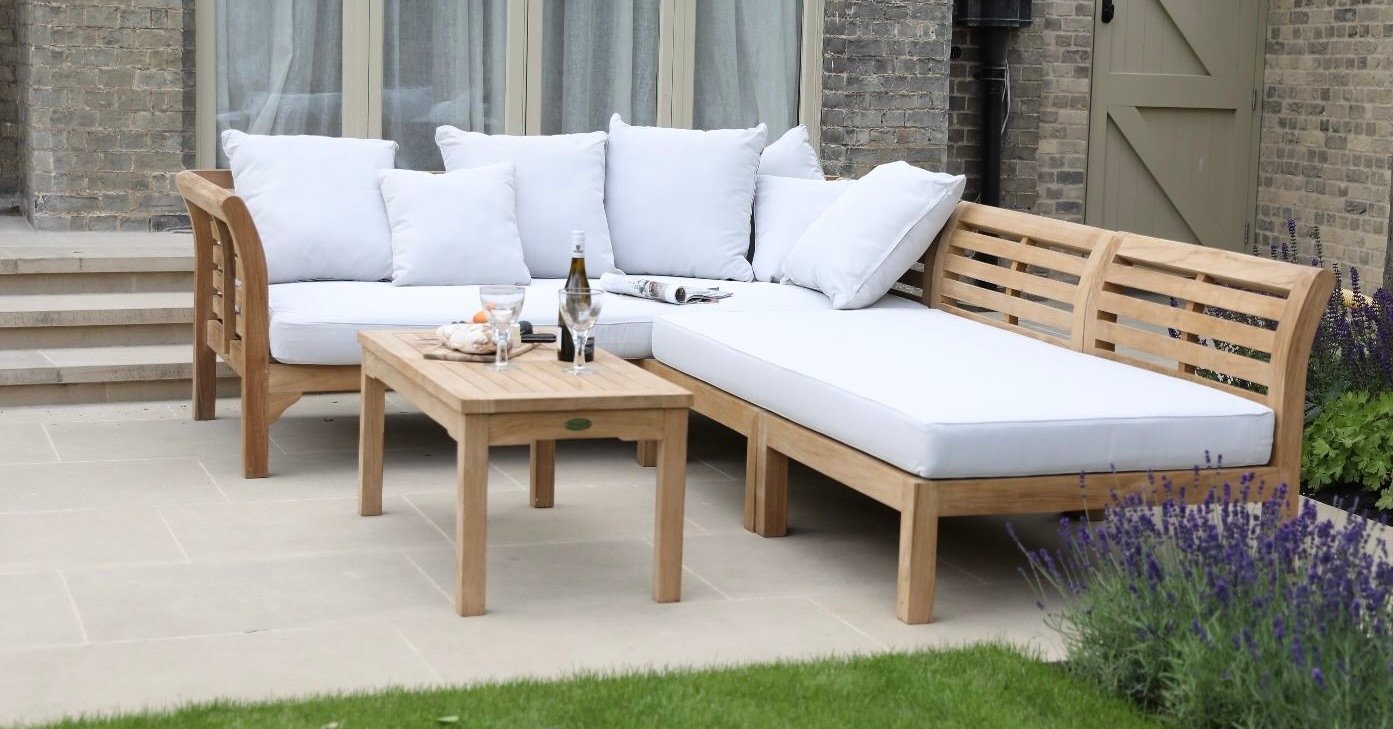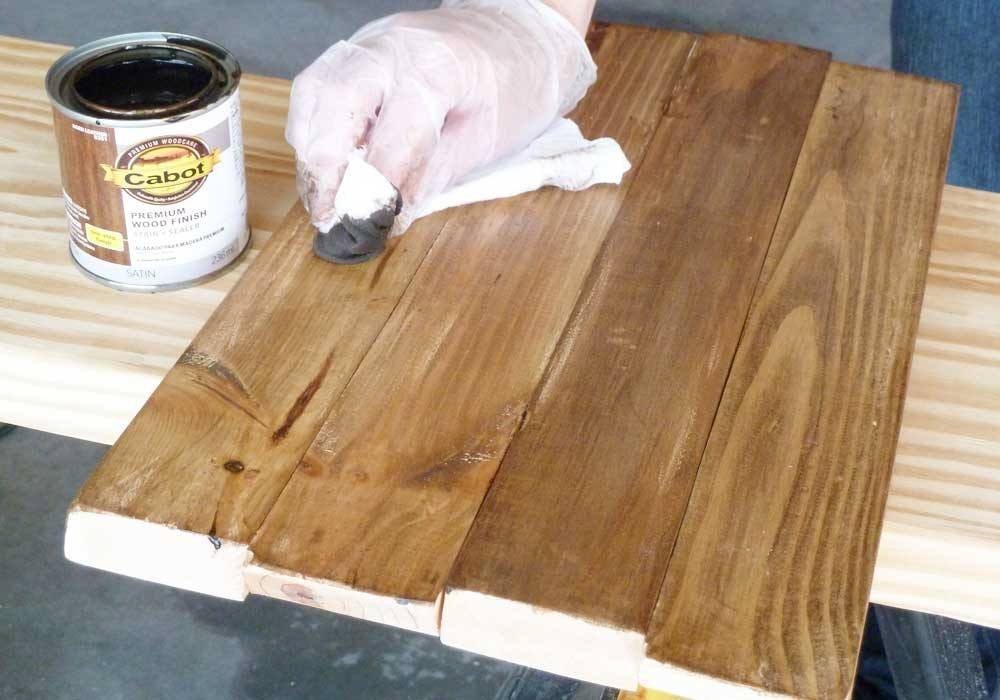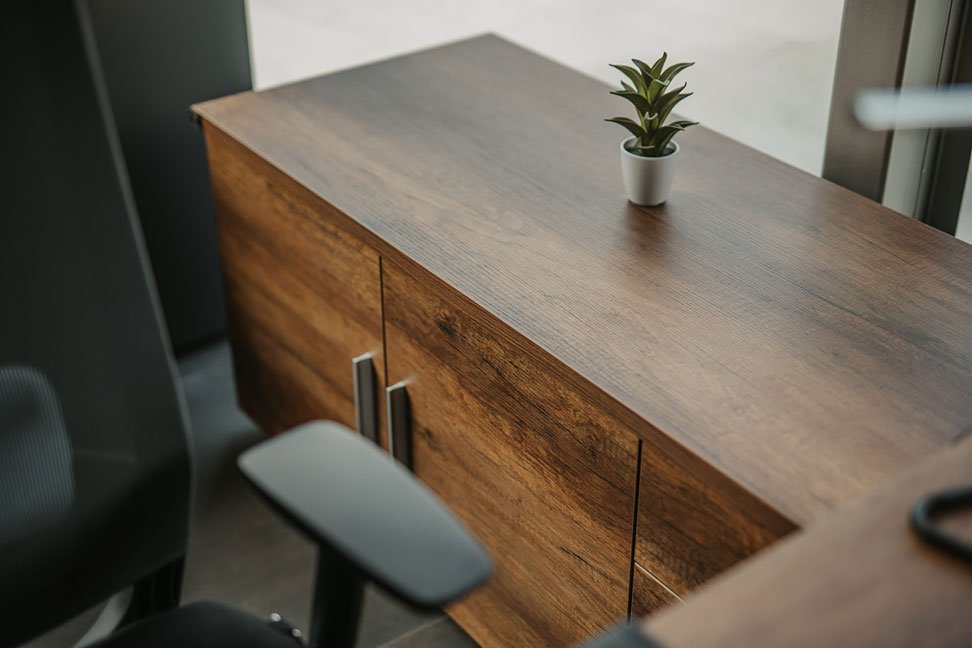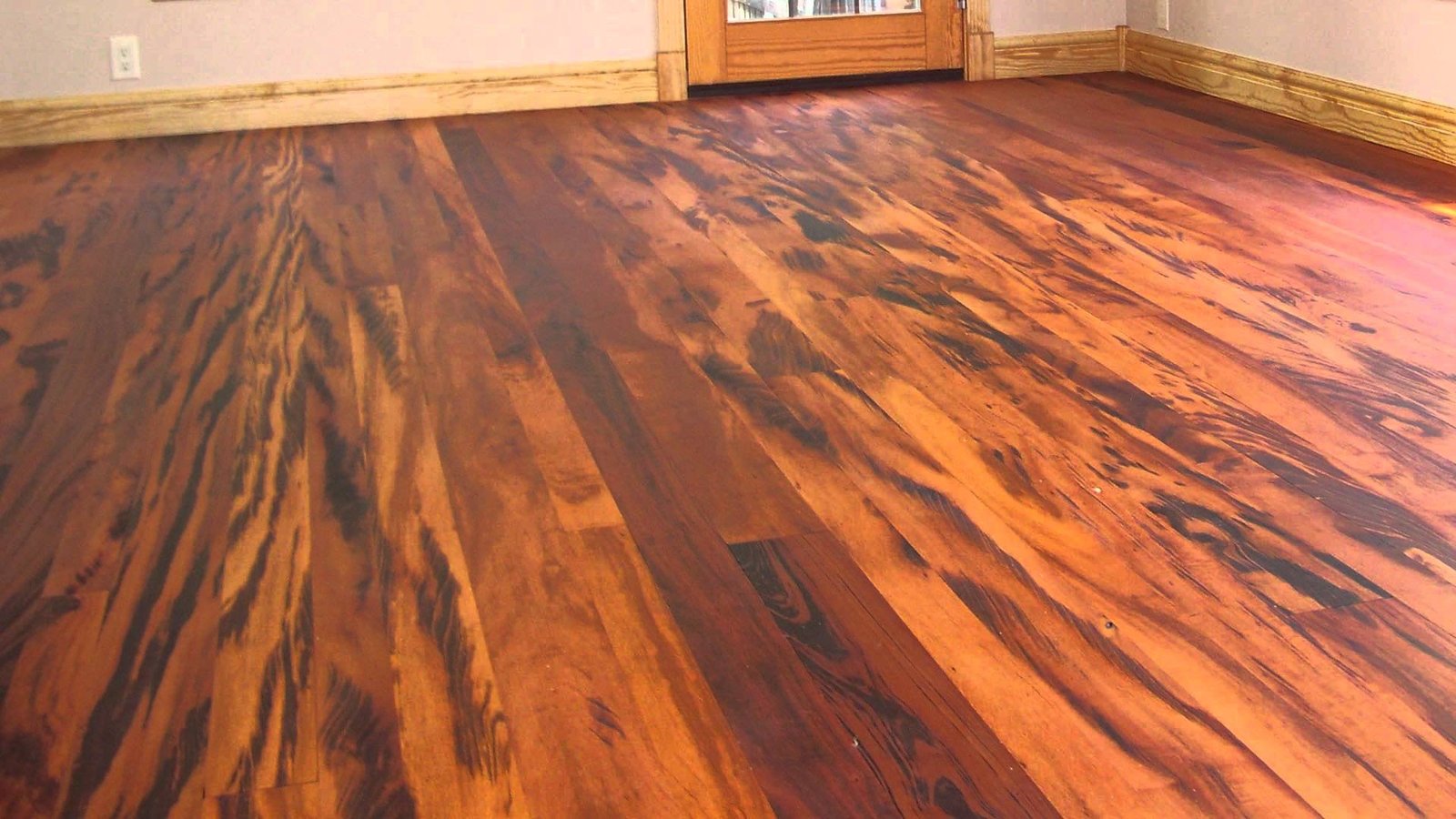Using teak lumber in humid environments is a smart choice because of its natural durability and resistance to moisture. However, even though teak is a premium wood, it still requires proper care to perform well in damp or humid conditions. If you want your teak projects to last, understanding how to handle this wood in such environments is essential. In this article, we’ll share practical tips to help you make the most of teak lumber while ensuring its longevity and beauty.
Why Teak Is Suitable for Humid Environments
Teak lumber is one of the best woods for humid climates because of its natural oils and tight grain. These features make it resistant to water, decay, and pests, which is why it’s commonly used for outdoor furniture, decks, and boat building. While teak has these advantages, prolonged exposure to moisture can still affect its appearance and structural integrity over time. That’s why learning how to care for it properly is important when using it in humid environments.
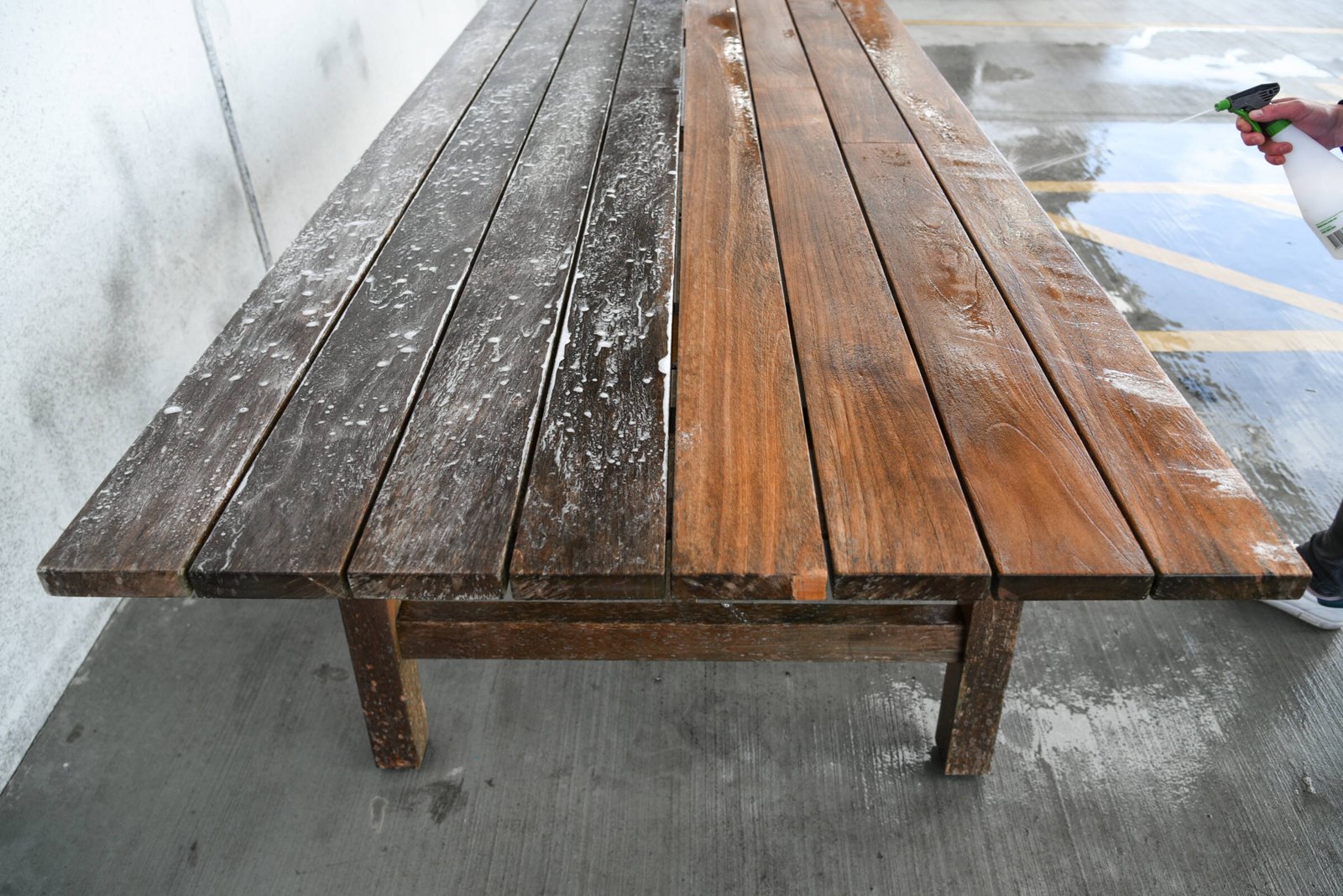
1. Seal the Wood to Protect It
Sealing teak lumber is one of the most effective ways to protect it in humid conditions. A high-quality sealant creates a barrier against moisture, preventing the wood from absorbing water. Apply the sealant evenly across the surface and focus on the edges, where water tends to accumulate. Regularly reapply the sealant to maintain its effectiveness.
2. Keep the Wood Elevated
If you’re using teak lumber for outdoor furniture or flooring, keep it elevated to allow airflow. Direct contact with the ground can lead to moisture accumulation, which can damage the wood over time. Use rubber feet or other supports to create space between the wood and the ground, especially in areas prone to heavy rainfall.
3. Oil the Wood Regularly
Teak’s natural oils are one of the reasons it performs so well in humid environments, but over time, these oils can diminish. To keep the wood hydrated and prevent it from drying out or cracking, apply teak oil every few months. This not only enhances its moisture resistance but also restores its rich, golden color.
4. Choose the Right Grade of Teak
Not all teak is created equal. For humid environments, opt for high-quality, grade-A teak lumber. This type of teak comes from the heartwood of mature trees and contains more natural oils, making it more resistant to moisture and decay than lower grades like B or C. Although grade-A teak is more expensive, it’s a worthwhile investment for long-term durability.
5. Avoid Prolonged Exposure to Water
While teak is water-resistant, prolonged exposure to standing water can lead to stains or even minor damage. Wipe away any puddles or excess water that collect on the surface of your teak lumber. If the wood is used in an area like a bathroom or poolside, ensure proper drainage to minimize water retention.
6. Use a UV-Resistant Finish
In humid environments, teak is often exposed to sunlight and moisture at the same time. UV rays can dry out the wood, while humidity can cause it to expand. To prevent damage, apply a UV-resistant finish to your teak projects. This will shield the wood from the sun while also protecting it from water damage.
7. Clean the Wood Regularly
Dirt and grime can trap moisture against the surface of teak, which may lead to discoloration or mold growth in humid conditions. Clean your teak lumber regularly with a mild soap solution or a specialized teak cleaner. Avoid harsh chemicals that could strip the natural oils from the wood.
8. Allow the Wood to Acclimate
Before installing or using teak lumber in a humid environment, let it acclimate to its surroundings. Place the wood in the intended location for at least a week to allow it to adjust to the local humidity levels. This reduces the risk of cracking or warping after installation.
9. Ensure Proper Ventilation
Ventilation plays a key role in preventing moisture-related problems when using teak lumber in humid environments. For example, if you’re installing teak paneling or furniture indoors, ensure there is good airflow in the room. Poor ventilation can lead to mold growth, even on a moisture-resistant wood like teak.
10. Perform Regular Maintenance
Even the best-quality teak lumber needs regular maintenance to stay in top condition. Inspect your teak projects frequently for signs of wear, discoloration, or mold. Address any issues promptly to prevent them from worsening. With proper care, teak can last for decades, even in the most humid environments.
Conclusion
Using teak lumber in humid environments is a reliable choice thanks to its natural resistance to moisture and decay. However, this doesn’t mean it’s maintenance-free. To ensure your teak projects stand the test of time, you need to seal the wood, clean it regularly, and apply protective finishes as needed. Whether you’re using teak for furniture, flooring, or outdoor projects, these tips will help you get the most out of this premium hardwood. With the right care, your teak can remain beautiful and durable for years to come.




